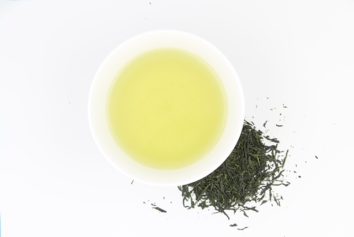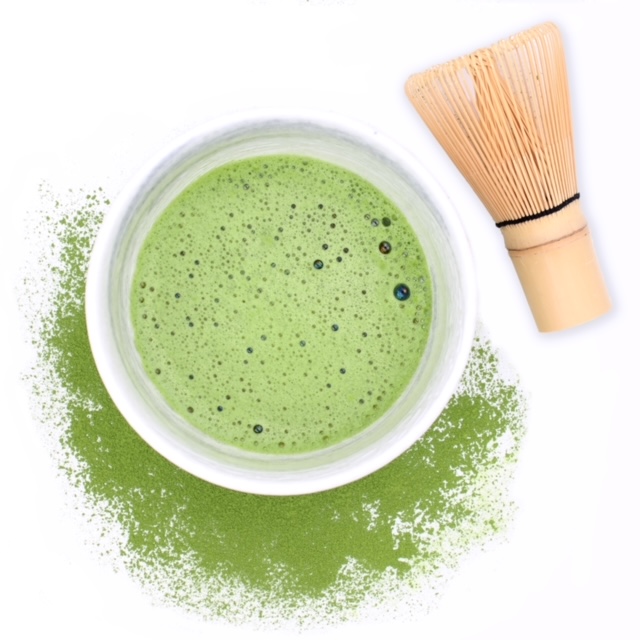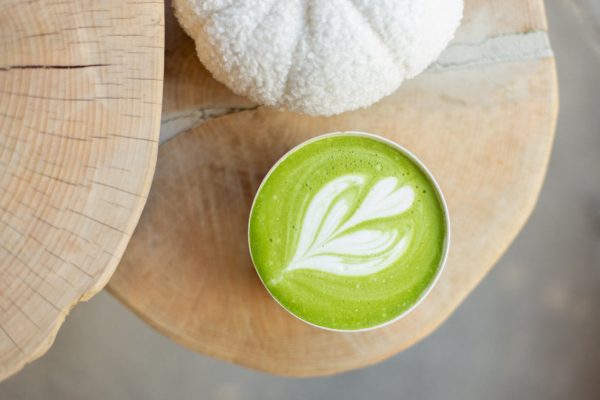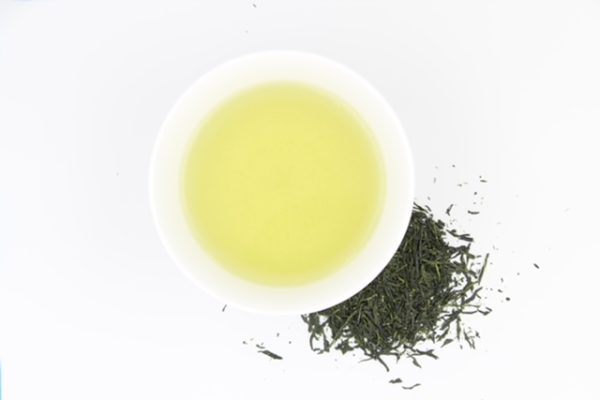A Beginner’s Guide to Different Types of Japanese Green Tea
Japanese Green tea is beloved worldwide for its delicate flavor and numerous health benefits. But did you know that there are various types of Japanese green tea, each with its own unique characteristics and brewing methods? Whether you’re a tea enthusiast or just starting your tea journey, this beginner’s guide will introduce you to the fascinating world of Japanese green tea.
Understanding Japanese Green Tea
Before we delve into the different types of Japanese green tea, let’s first understand what Japanese green tea is. Japanese Green tea comes from the Camellia sinensis plant and is processed differently from other types of tea. Unlike black tea, which undergoes oxidation, Japanese green tea leaves are steamed or pan-fired to halt oxidation, preserving their natural green colour and fresh flavour.
Types of Japanese Green Tea
- Sencha: Sencha is one of the most popular types of green tea in Japan. It has a bright green colour and a refreshing, grassy flavor. Sencha is typically enjoyed hot and is known for its high antioxidant content.
- Matcha: Matcha is a finely ground powder made from shade-grown green tea leaves. It is used in traditional Japanese tea ceremonies and has a rich, creamy flavor. Matcha is known for its vibrant green colour and high concentration of antioxidants.
- Genmaicha: Genmaicha, also known as “brown rice tea,” is a Japanese green tea combined with roasted brown rice kernels. It has a nutty flavor and a toasty aroma. Genmaicha is a popular everyday tea in Japan and is often enjoyed with meals.
- Gyokuro: Gyokuro is a unique Japanese green tea known for its sweet flavour and rich umami taste. It is grown in the shade for several weeks before harvest, which enhances its flavour and aroma. Gyokuro is often considered one of the finest green teas in Japan. It is the only Japanese green tea leaf that can be eaten.
Brewing Tips

Now that you’re familiar with some of the most popular types of Japanese green tea, here are some general brewing tips to help you get the most out of your tea:
- Use fresh water heated to around 70°C to 80°C.
- Steep Japanese green tea for 1 minute.
- Experiment with different brewing methods, such as traditional teapots, gaiwans, or even cold brewing for a refreshing summer treat.
Conclusion
We hope this beginner’s guide has piqued your interest in the wonderful world of Japanese green tea. Whether you prefer the grassy notes of Sencha or the creamy richness of Matcha, there’s a Japanese green tea out there to suit every taste. Visit Taka Tea Garden to explore our premium selection of Japanese green teas and embark on your tea journey today.
Tea drinking for enjoyment and for well-being.




